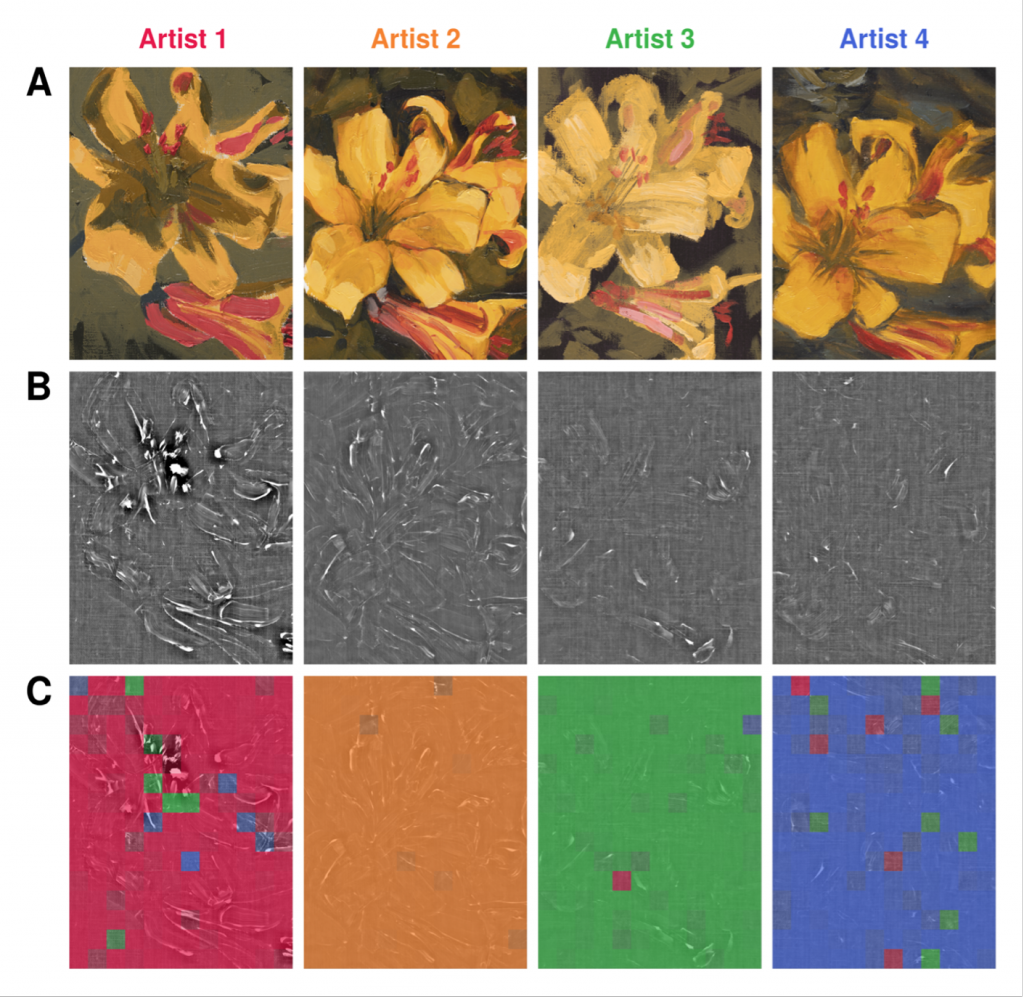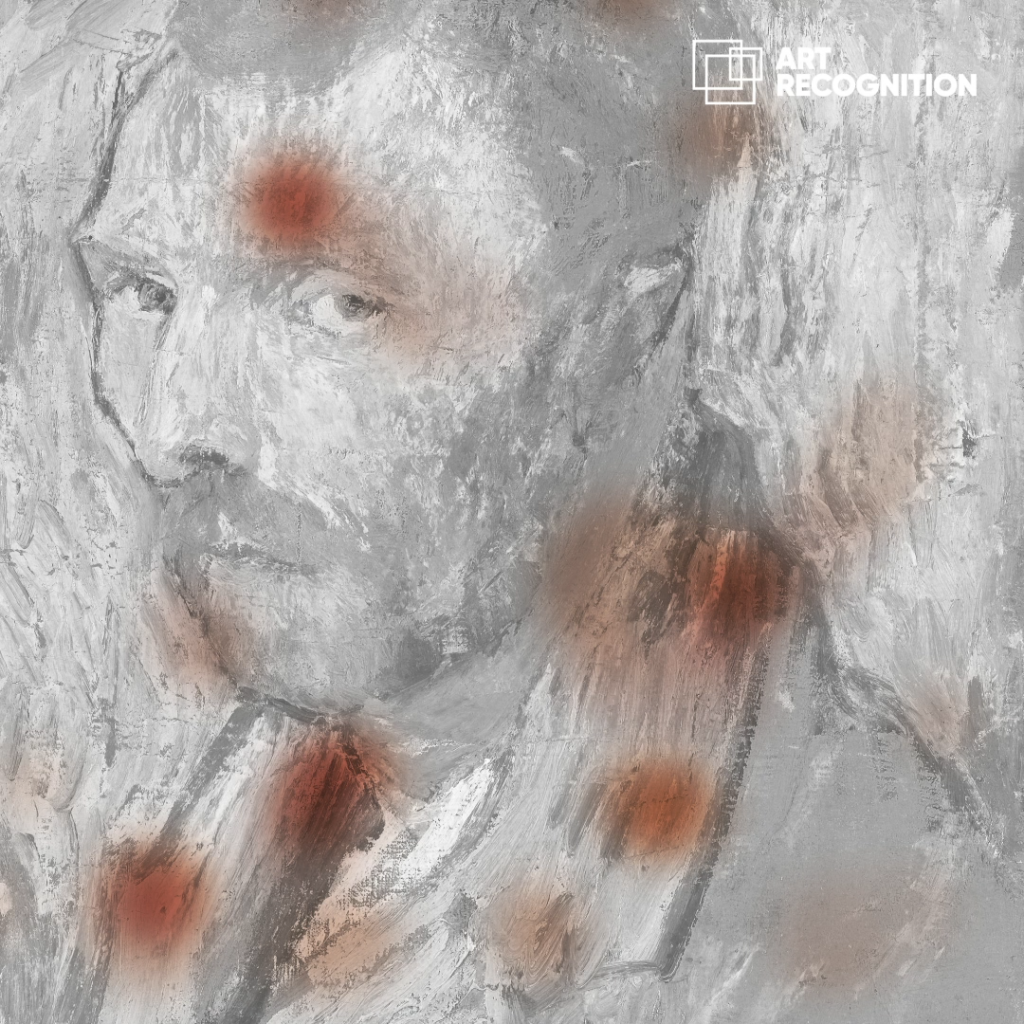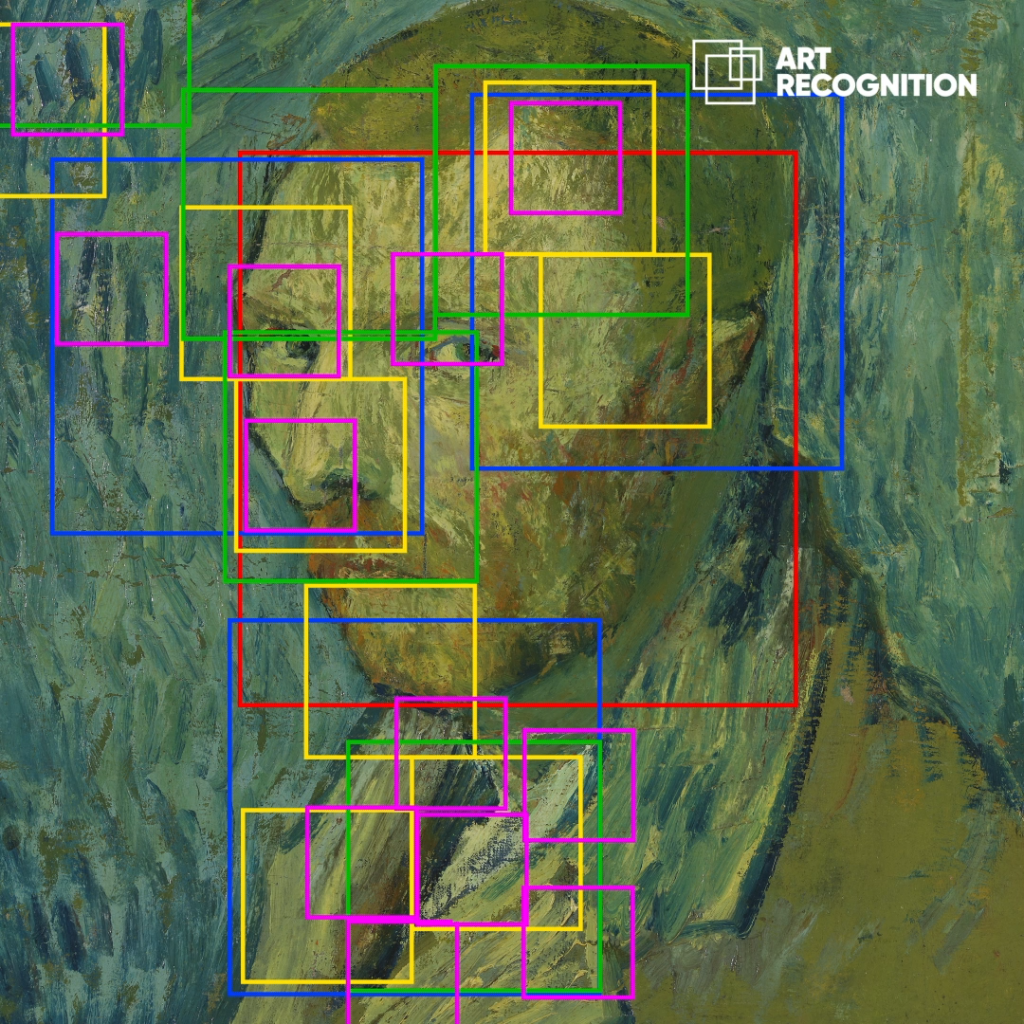Art & Tech
‘We Were Blown Away’: How New A.I. Research Is Changing the Way Conservators and Collectors Think About Attribution
A new technique claims to detect forgeries with accuracy of 96 percent.

A new technique claims to detect forgeries with accuracy of 96 percent.

Dorian Batycka

Artificial intelligence and machine learning could have surprising implications for the future of art authentication, and provide a wider variety of applications than previously thought, a new study shows.
A team of researchers at Case Western Reserve University exchanged older methods of optical analysis with a technique known as 3D imaging, which can detect forgeries with accuracy of up to 96 percent, according to their study, which was published late last year in the journal Heritage Science.
The method appears to lead to more accurate attribution of not only oil and acrylic paintings, but also, crucially, drawings, watercolors, and even sculpture, which have traditionally been difficult to authenticate using existing models of A.I., according to physicist Kenneth Singer, who led the study with a team of art historians and computer scientists.
“We don’t know yet if this study will be able to work in other media,” Singer said, “but there is some evidence to suggest that it can.”
The researchers used a tool for materials analysis known as a chromatic confocal optical profilometer, a machine that is normally used to study the surfaces of various materials.
The study asked students from the Cleveland Institute of Arts to paint four identical yellow flowers in bloom. It then fed the results from the profilometer into what are known as convolutional neural networks, which help determine unique characteristics in brushstrokes, akin to fingerprints.
The results identified the ways that brain patterns and nervous system movement are mapped onto the three-dimensional surface of the canvas. “We were blown away when we saw the results,” Singer said. “Remarkably, short-length scales, even as small as a bristle diameter, were the key to reliably distinguishing among artists. These results show promise for real-world attribution, particularly in the case of workshop practice.” This means that art historians may now be able to tell which specific areas of a single canvas were made by artists, their assistants, or forgers.

A heat map of a Vincent Van Gogh self-portrait at the National Gallery in Oslo. Photo: Art Recognition.
The research differs from existing methods that use high-resolution digital images such as those employed by the Switzerland-based company Art Recognition, established in 2019 by physicist Carina Popovici and former banker Christiane Hoppe-Oehl. Its AI system uses high-resolution digital images to verify authorship with an accuracy rate of at least 85 percent, said Popovici, a method she also added is now in the process of being peer reviewed.
“Accuracy when using A.I. and neural networks in large measure relies on the quality of the data,” she said. “We use a two-step authentication method to gather reliable data that filters out fakes and unreliable images, making sure that the training images are referenced to existing catalogue raisonnés. We work with art historians to offer our clients an unbiased report about an individual painting or body of work.”
She noted that their method can provide collectors with accurate results that can tell both an original artwork or style by an artist, provided there are enough images to train the neural network on. According to Popovici, about 100 images are needed in order to garner accurate results, but they often work with many more. For their database on Cézanne, for example, they work with 850 high-resolution images of the artist’s work.
In the past, Art Recognition has been accredited with authenticating a disputed painting by Peter Paul Reubens, but admits that the process is not always perfect. “AI has its limitations when it comes to authenticating art works,” Popovici said. “But we believe that this can offer one method among many to provide insight into who created an artwork.”

Patches of different sizes (marked in different colors) from the same Van Gogh. The patches were selected by a method called maximal entropy, which searches for the regions that are more rich in structure. Each patch was analyzed separately (and came out as “authentic” with high probability). Photo: Art Recognition.
Singer agrees, noting that while the method may not be foolproof, A.I. and machine learning have come a long way in the realm of art authentication.
“We like to think of it as one tool among many,” Singer said. “The goal is to refine the method and make it better over time.” To this end, he and his team have collaborated with Madrid-based company Factum Arte to turn its bespoke Lucida 3D scanner onto El Greco’s Portrait of Juan Pardo de Tavera (1609), which was damaged and restored following the Spanish Civil War. The painting was photographed both before and after restoration, making the researchers’ job easier when it comes to identifying areas of the canvas not painted by the artist’s hand.
“In this case, we can look at the El Greco from a conservator’s perspective and assist them in identifying areas not painted by the artist,” Singer said.
This project led to a new study that Singer and his team are working on, also with students from the Cleveland Institute of Art, which they hope will be able to identify where there are different hands at play on a single work of art.
During and after the Renaissance, Western artists often employed schools of assistants in their workshops to render various areas of a canvas. All of these hands, according to Singer, may now get the recognition—and attribution—they deserve.